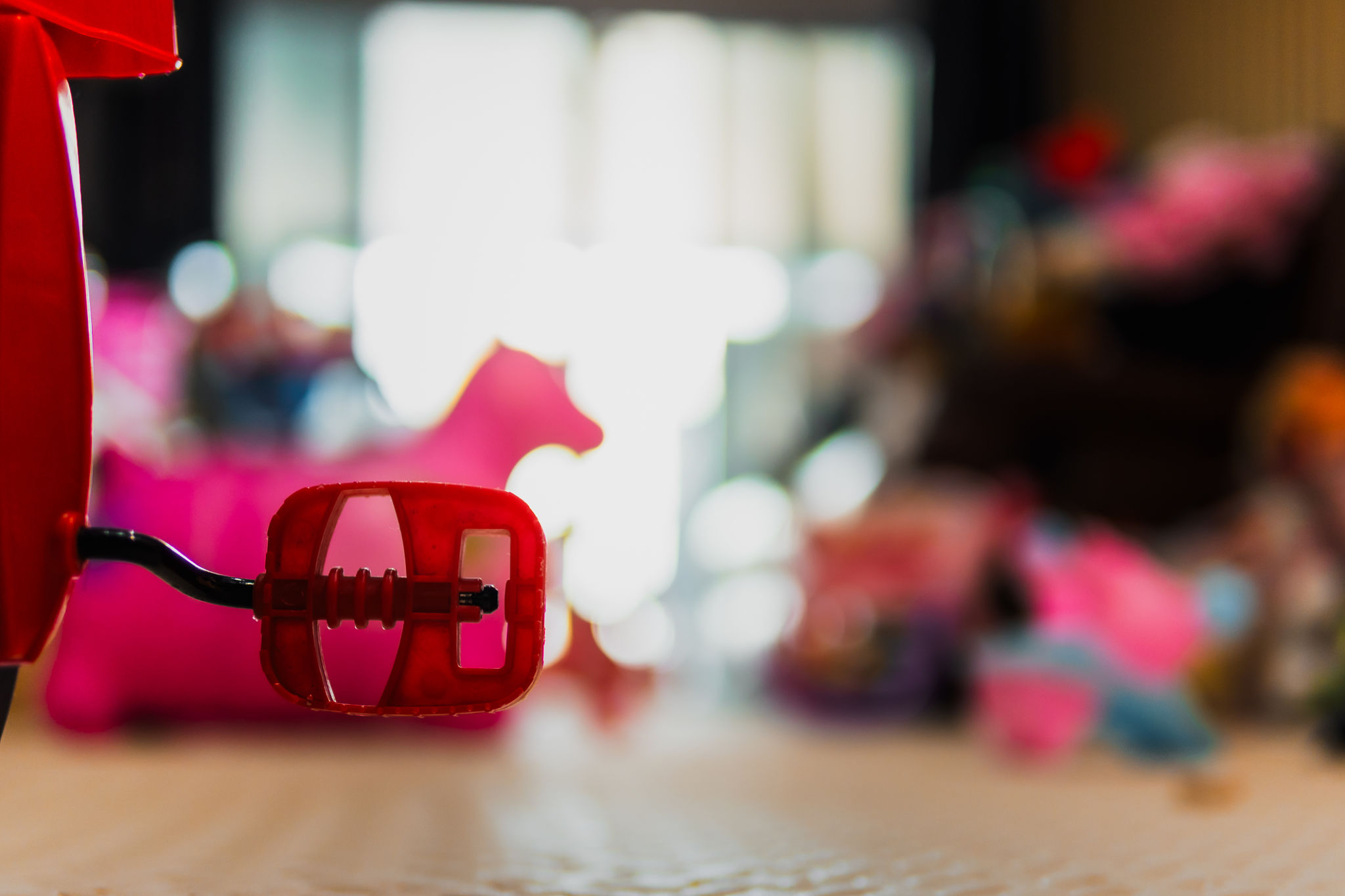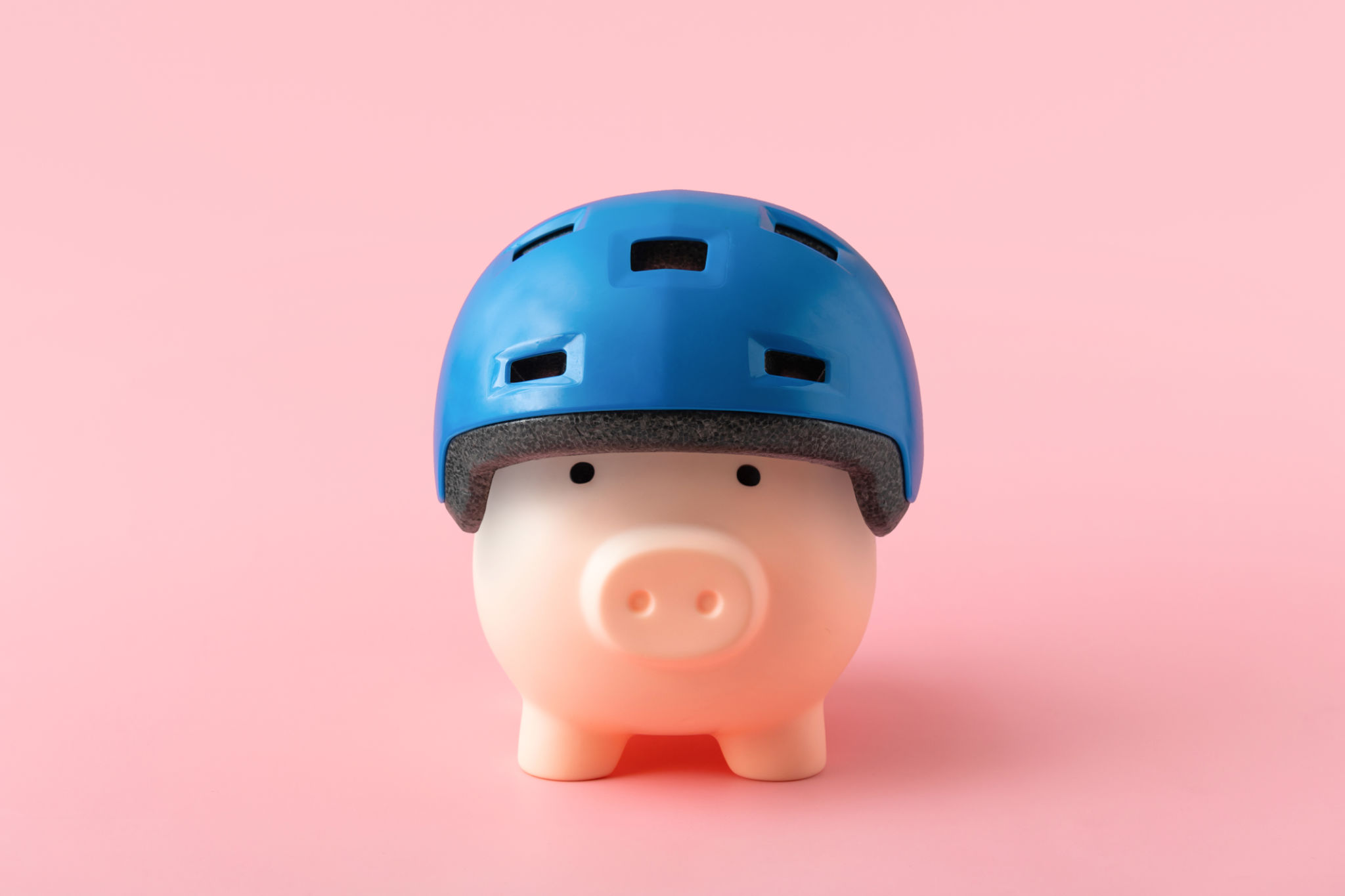Getting Started with Toy Photography: A Beginner's Guide
Introduction to Toy Photography
Toy photography is a delightful hobby that combines creativity with the love of toys. Whether you're an avid collector or simply love capturing imaginative scenes, toy photography offers a unique way to express yourself. In this beginner's guide, we'll explore the basics of getting started with this fascinating art form.

Gathering Your Equipment
Before diving into toy photography, it's important to gather the right equipment. Fortunately, you don't need an expensive camera to get started. A smartphone with a good camera will work just fine. However, if you have a DSLR or mirrorless camera, it can provide more flexibility and control over your shots.
In addition to a camera, consider investing in a tripod to keep your shots steady, especially in low light conditions. A variety of lenses can also help achieve different effects, but they're not essential for beginners.
Lighting and Props
Lighting plays a crucial role in toy photography. Natural light is often the best choice, but you can also experiment with desk lamps or LED lights to create interesting effects. Reflectors and diffusers can help soften shadows and distribute light evenly.

Props can add depth and context to your photos. Everyday items like cotton for clouds or sand for desert scenes can create realistic and engaging backdrops. Use your imagination to bring your toy stories to life!
Composition Techniques
Understanding composition is key to creating compelling toy photographs. The rule of thirds is a classic guideline that helps balance your shots. Imagine dividing your frame into a grid of nine equal parts and place your subject along these lines or at their intersections for more dynamic images.
Experiment with different angles and perspectives. Getting down to the toy's level can create a more immersive experience for the viewer. Don't be afraid to get close and capture intricate details that make your toys unique.

Editing Your Photos
Post-processing can enhance your toy photos significantly. There are numerous editing apps available, such as Adobe Lightroom or Snapseed, which offer tools to adjust brightness, contrast, and colors. Be mindful not to over-edit, as this can detract from the natural charm of your toys.
Sharing Your Work
Once you've captured some stunning toy photos, it's time to share them with the world! Social media platforms like Instagram and Flickr are great places to connect with fellow toy photographers and gain inspiration. Use appropriate hashtags to reach a wider audience interested in toy photography.
Joining online communities or forums dedicated to toy photography can provide valuable feedback and encouragement as you continue to develop your skills.
Conclusion
Toy photography is an engaging hobby that allows you to explore your creativity and storytelling abilities. By starting with the basics and gradually experimenting with techniques, you'll find your unique style. Remember that practice is key, so keep shooting, learning, and having fun!
